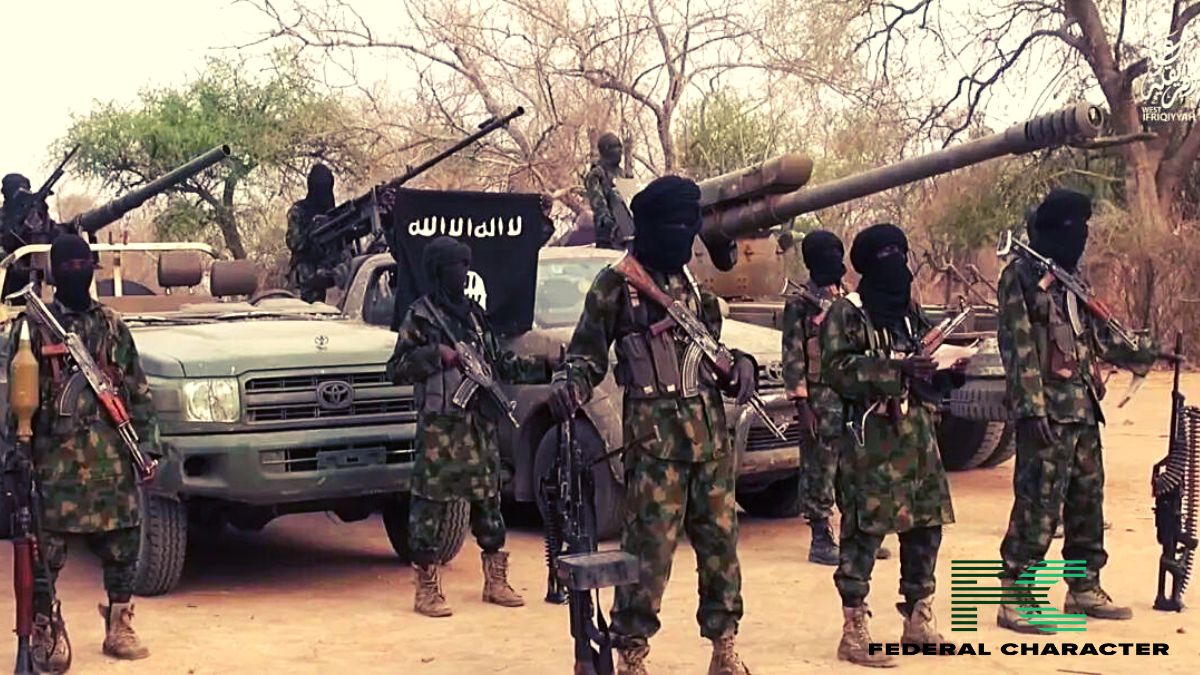Over the weekend, Russia and Ukraine intensified their attacks on each other, with Moscow launching a total of 145 drones on Saturday night – the highest number in a single night since the start of the conflict. In response, Ukraine conducted its most extensive drone assault on Moscow yet, disrupting flights at two major airports in the Russian capital.
According to Russia’s Ministry of Defense, a total of 34 drones targeted Moscow. Russian air defenses intercepted and destroyed all of them over the Moscow region between 7 a.m. and 10 a.m. on Sunday morning. The downed drones were located over areas including Ramenskoye, Kolomna, and Domodedovo, as reported by Moscow regional governor Andrey Vorobyov.

In a statement on Sunday, President Volodymyr Zelensky provided an update on the attacks, noting, “Last night, Russia launched a record 145 Shaheds and other strike drones against Ukraine.” Shahed drones, he explained, are cost-effective, one-way attack drones programmed to hit specific targets autonomously.
Zelensky added that during the past week, Russia had used over 800 guided aerial bombs, approximately 600 strike drones, and nearly 20 missiles of various types against Ukraine. The Ukrainian Air Force Command confirmed in a statement that Russia had deployed a record number of drones in the Saturday night attack, and as of 9:30 a.m. local time on Sunday, Ukrainian defenses had successfully shot down 62 drones.
Additionally, the Air Force noted that 67 enemy drones had lost their locational signals in various regions of Ukraine, while another 10 Russian UAVs exited Ukrainian airspace, heading towards Moldova, Belarus, and Russia.
Ukraine’s recent counterattacks on Moscow suggest an increasing strength in its defensive capabilities. While this shift marks a strategic advantage for Ukraine, it also signals significant repercussions for Russia, which now faces the challenge of defending its own capital from frequent attacks.

















